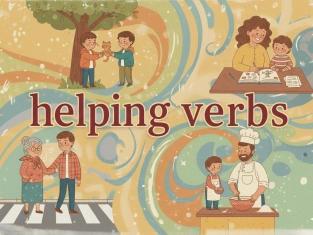Present Perfect
Table of Contents
Exercises
Explanation
Form
|
Type |
Example |
Structure |
|
Affirmative |
I have finished my homework. / She has cooked dinner. |
have/has + V3 (past participle) |
|
Negative |
I haven’t finished my homework. / She hasn’t cooked dinner. |
have/has + not + V3 |
|
Question |
Have you finished your homework? / Has she cooked dinner? |
Have/Has + subject + V3 + ? |
Short forms:
- have not → haven’t
- has not → hasn’t
- I have → I’ve, She has → She’s
Use
Finished actions with a result now
We use the Present Perfect for actions that happened before now, but we can see the result in the present.
I’ve broken my glasses. (Now I can’t see well.)
He has washed the car. (It’s clean now.)
We’ve just eaten. (We aren’t hungry.)
Actions that started in the past and continue now
I’ve lived here for ten years.
She has worked in this company since 2020.
They’ve known each other since school.
Common time expressions
ever, never, already, yet, just, since, for
Have you ever been to London?
I’ve just finished breakfast.
We haven’t seen that movie yet.
He’s worked here for five years.

